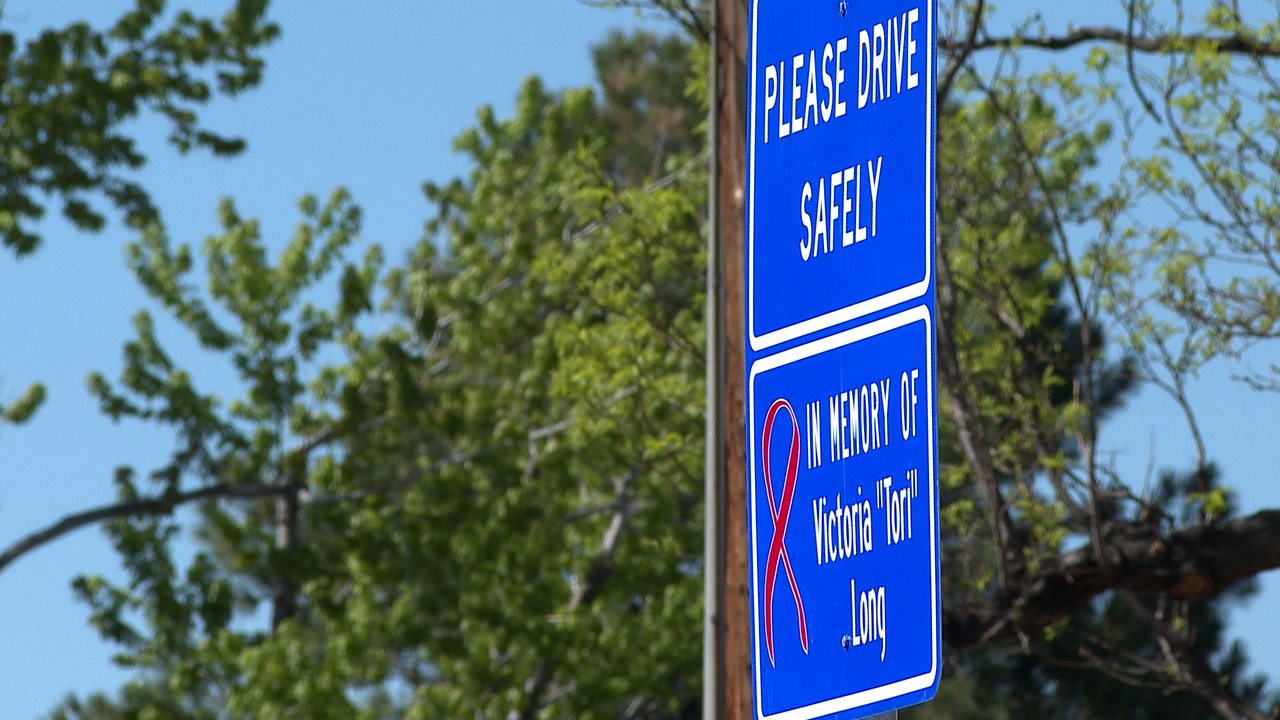GRAND JUNCTION, Colo. (KREX) — With the western United States being in the midst of a decades-long drought, water availability is more of a concern now than ever before.
To address this crisis, Airborne Snow Observatories is doing something that is relatively new by using LiDAR to gauge the difference in elevation between snow-less and snow-packed areas in Colorado’s mountains. This equipment allows researchers to gather very accurate snow depths about every 10 feet.
In addition to the data gathered from equipment sites scattered across Colorado’s mountains, Airborne Snow Observatories will use the snowpack data they collect to determine runoff measurements.
“This is important because we need to know how much is going to runoff past our stream gauges and into our ditches, municipal supplies, our agricultural uses, and into the greater Colorado River Basin,” said Jeff Deems, co-founder and formulation lead of Airborne Snow Observatories.
A lot of this research is accomplished thanks to contributions from multiple government bodies, including a $75,000 grant from the Colorado River District.
Although the focus this year is the Roaring Fork River Valley, it’s not just the Roaring Fork River that will see the benefit from this program but potentially the entire western United States.
